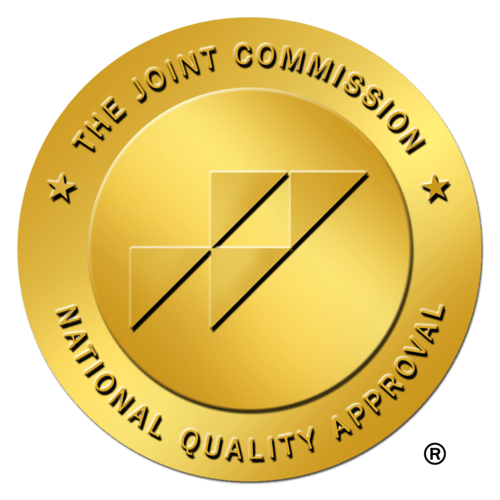
Healthcare is evolving from disconnected to connected. Instead of operating as a standalone site, the traditional brick-and-mortar hospital will become the center of a comprehensive system that connects various services and settings—both virtual and in person.
This shift to interconnectedness requires adopting new technology, and redefining processes and procedures. Underneath all that, it requires a new workforce model.
Therein lies a fundamental challenge: healthcare organizations already face staffing shortages, skyrocketing labor costs, and burnout amongst a severely stressed labor force. How do they transform to a new model of interconnectedness with a workforce that they are struggling to manage operationally, financially, and motivationally?
Craig Ahrens, CareRev’s Senior Vice President of Growth and Strategy, asked three healthcare leaders to share how they restructured their staffing models during a recent discussion hosted by Modern Healthcare. The discussion illuminated what successful workforce models across industries comprise:
On-demand marketplaces
Eric Humphrey, Senior Vice President of Human Resources and Chief Human Resources Officer for Froedtert Health in Milwaukee, Wisconsin, said that, even before the pandemic, his health system started looking at staffing more holistically. That meant keeping existing staff, using agencies in a “positive way,” and using CareRev to fill in the gaps.
He also cross-trained staff. “Instead of furloughing people, we cross-trained staff from clinics to work in the acute care setting,” he said. “We found that many employees wanted and enjoyed that flexibility because they could connect to a purpose. It’s now a tactic we plan to use moving forward.”
Grandon Brimley, Vice President of Health Transformation for SSM Health in St. Louis, Missouri, said his system needed a plan to reduce travel nurse usage. “By moving to an on-demand workforce, we can put travelers on the sidelines and give more flexibility to our core staff,” he said. “This lowers our costs but also provides more job satisfaction and shows our staff we value them.”
Augmentation and automation
SSM used automation to improve telemedicine efficiency. By developing a short patient questionnaire, the organization shortened the time of virtual visits. It worked, but not without clinician training. “Just bringing in a tool isn't going to do it; it needs to be a tool that's coupled with a team that knows how to use that tool efficiently,” he said.
At-home delivery
As care moves from hospital to home, healthcare organizations will need a robust plan to coordinate those visits. Training physicians and clinicians to adjust their processes to fit a home-based setting will be required. An on-demand marketplace with a network of fully vetted professionals with home health experience can support existing staff as they learn the ropes.
Change management
Stakeholder engagement and collaborative planning are part of change management. Brimley said SSM Health started change management about two years ago to ready physicians and clinicians for home-based care. “We established a department attached to all our major initiatives to make sure we sustained change,” he said. “We look at the skill sets and competencies of our people and what they need to learn, as well as why we’re doing it and why it’s important.”





